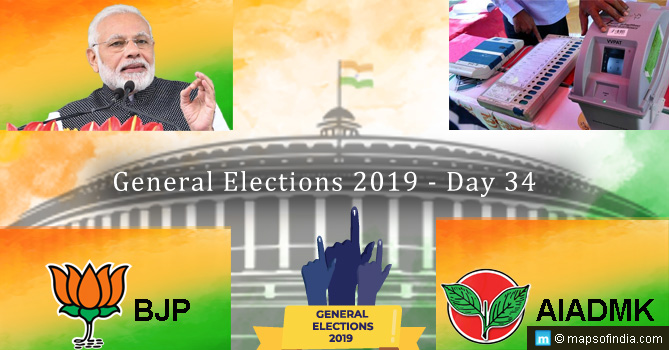The INC was the very first major political organisation in India at the national level, and its main goal was to incorporate more Indians into the nation’s politics. Later, its objective was upgraded to total independence. Additionally, it became a significant political force in the nation after independence.
Hume received approval for the first meeting from Lord Dufferin, the viceroy of India at the time. Due to the cholera outbreak in Poona, it was originally scheduled to take place in Poona but was shifted to Bombay instead. In an official letter to Calcutta University graduates from 1883, Hume expressed his desire for an organisation for educated Indians to seek a larger portion of the government and a forum for conversation involving educated Indians and the British administration.
72 representatives from all the Indian states attended the inaugural session. There were 54 Hindus and two Muslims; the other members were Jain and Parsi. Womesh Chandra Bonnerjee led the first meeting as its leader. At the first meeting, notable guests included Dadabhai Naoroji, Dinshaw Wacha, Pherozeshah Mehta, William Wedderburn, and others.
Change in strategy
- The INC was a modest organisation in its early years, restricting its use of force to constitutional means and discourse. Its demands restricted hiring more Indians for the military and civil service. Independence was never mentioned in it.
- Eventually, the party’s demands and strategy grew more extreme after some time. By 1905, there was a definite gap in the party, which was now split between the older, more moderate faction and the younger, more extreme radicals, so named due to their radical ideologies.
- When Bengal was divided in 1905, the party evolved into a large-scale movement.
- Bal Gangadhar Tilak acted as the leader of the radical group. In the Surat assembly of 1907, the party was publicly divided.
Entry of Mahatma Gandhi
With the entrance of Mahatma Gandhi, who had just arrived from South Africa in 1915, the Congress finally evolved into a mass party. Gandhi helped the independence movement by introducing tactics like satyagraha and civil disobedience.
Gandhi continued to serve as the party’s spiritual head, and the upper class and the common people supported his presence. More youthful leaders emerged, including C. Rajagopalachari, Dr Rajendra Prasad, Jawaharlal Nehru, Subhash Chandra Bose, etc. Although he entered the Muslim League in 1913, Muhammad Ali Jinnah remained a member of Congress until 1920. He was also a supporter of the party.
By 1929, the push for poorna swaraj had begun with home rule. The Congress was the leading political force in the fight for Indian independence at this point and possessed enormous popular support.
Provincial elections were conducted in 1936–1937 following the passage of the Government of India Act 1935, and the Congress took power in 8 of the 11 provinces (except Sindh, Bengal, and Punjab).
Jawaharlal Nehru, the nation’s first prime minister upon independence, was a party member. Nehru became India’s first prime minister to be chosen directly after the Congress won the country’s first general elections in 1952 with a resounding win. He held that position till his passing in 1964.
Other Prime Ministers from the party include P V Narasimha Rao, Manmohan Singh, Indira Gandhi, Rajiv Gandhi, and Gulzarilal Nanda (acting PM). Even the current non-Congress Prime Ministers Charan Singh, I K Gujral, Morarji Desai, Deve Gowda, Chandra Shekhar, and V P Singh were once Congress members.





